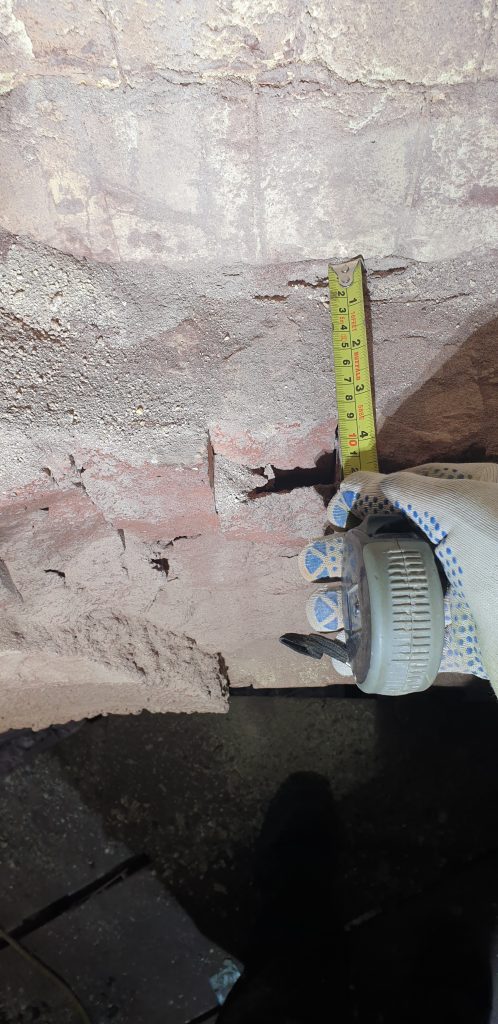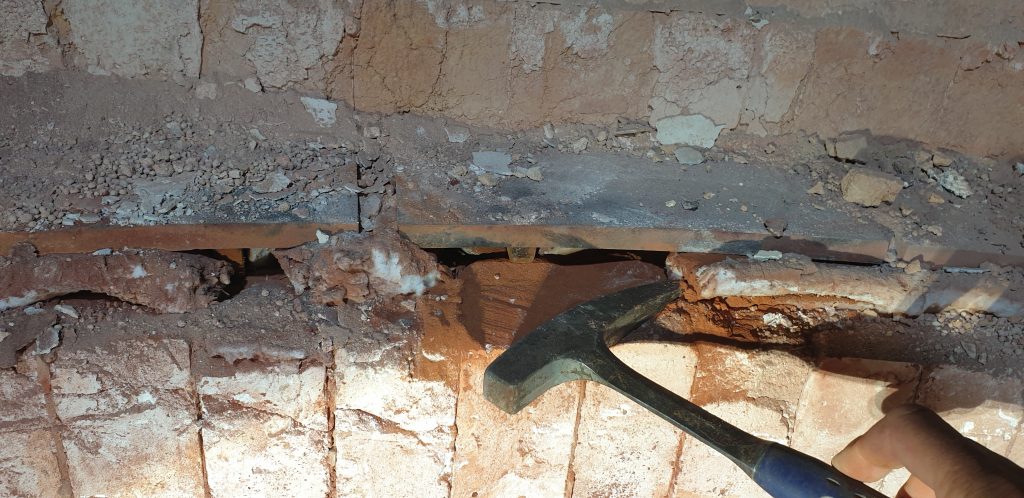Why do we think it is important to perform refractory lining inspections? There are in fact a number of reasons and each requires a different set of skills. As an end user it is important to understand your own needs for inspections and to ensure that you choose the correct individuals or companies that can perform these tasks most effectively.
Inspection to determine the scope of work. This is the most common type of inspection and is practically performed on every unit before works starts. It can be done by dedicated and trained inspectors or by the maintenance team or by the contractor.
Inspections aimed at identifying the cause of lining deterioration, often called a “failure,” are conducted less frequently and require skilled technical refractory specialists. These experts must have a deep understanding of refractory mechanical and material design, installation methods, and the behavior of refractory materials under the specific operating conditions encountered. Moreover, adequate time must be set aside to perform these inspections both before and during the dismantling of the refractory lining.
Sometimes, the simplest moments hold the deepest wisdom. Let your thoughts settle, and clarity will find you. Use this quote space to share something inspirational or reflective, perfectly aligned with the theme of your article.
This paragraph dives deeper into the topic introduced earlier, expanding on the main idea with examples, analysis, or additional context. Use this section to elaborate on specific points, ensuring that each sentence builds on the last to maintain a cohesive flow. You can include data, anecdotes, or expert opinions to reinforce your claims. Keep your language concise but descriptive enough to keep readers engaged. This is where the substance of your article begins to take shape.


As you move toward the midpoint of the article, this paragraph provides an opportunity to connect earlier ideas with new insights. Use this space to present alternative perspectives or address potential questions readers might have. Strike a balance between depth and readability, ensuring the information remains digestible. This section can also serve as a transition to the closing points, maintaining momentum as you steer the discussion to its final stages.
Wrapping Up with Key Insights
In this concluding paragraph, summarize the key takeaways from your article, reinforcing the most important ideas discussed. Encourage readers to reflect on the insights shared, or offer actionable advice they can apply in their own lives. This is your chance to leave a lasting impression, so make sure your closing thoughts are impactful and memorable. A strong conclusion not only ties the article together but also inspires readers to engage further.


Leave a Reply